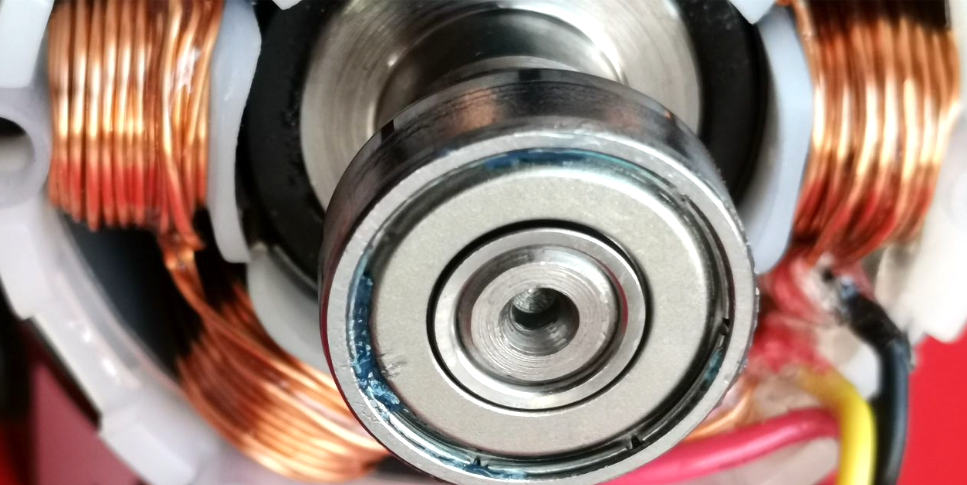What are the common electrical faults and solutions for brushless motor motor automatic rotor bearing press-in machine?
Brushless motor motor automatic rotor bearing press-in machine in the operation process, there may be some electrical faults, the following for you to introduce the common faults, causes and corresponding solutions:
1、Power failure
l Fault phenomenon
The equipment cannot be turned on and the power indicator light does not light up.
After power on, the equipment runs unstably and restarts frequently.
l Failure causes
Abnormal external power supply, such as loose power plug, broken power cord, unstable power supply voltage.
The power module inside the press is damaged, e.g. aging of power filter capacitor, failure of power transformer, etc.
The power switch is damaged and cannot conduct the circuit normally.
l Solution
Check the external power supply connection, make sure the plug is tightly inserted, replace the damaged power cord, and use a voltage regulator to ensure stable power supply voltage.
Use professional testing equipment to test the power module and replace it after determining the faulty components.
Replace the damaged power switch.

2、Motor failure
l Failure phenomenon
The motor can not be started, and the press-in action can not be executed.
The motor runs with excessive noise and abnormal vibration.
The motor is overheated and even smokes.
l Cause
The motor winding is short-circuited or disconnected, which may be caused by the motor running for a long time and insulation aging.
Motor drive circuit failure, such as drive chip damage, power transistor failure.
Excessive load on the motor, which may be due to excessive resistance during the press-in process or stagnation of mechanical parts.
l Solution
Use a multimeter to detect the resistance value of the motor winding to determine whether there is a short circuit or broken circuit, and replace the motor if there is any problem.
Check the motor drive circuit, use oscilloscope and other equipment to detect the drive signal, replace the damaged drive chip or power transistor.
Check the mechanical part of the press-in machine, exclude stalling faults, reduce the motor load.
3、Sensor failure
l Failure phenomenon
The equipment can not accurately detect the position of the rotor or bearing, resulting in deviation of the press-in position.
The sensor signal is unstable, resulting in false operation during the press-in process.
l Failure cause
The installation position of the sensor is shifted, so that its detection range changes.
Dust, oil and other impurities on the surface of the sensor, affecting the detection accuracy.
The sensor itself is damaged, such as internal components aging, short circuit, etc..
l Solution
Re-adjust the installation position of the sensor to ensure that it can accurately detect the target object.
Clean the surface of the sensor to remove dust and oil.
Use professional equipment to detect the performance of the sensor, and replace it if it is damaged.
4、Control circuit failure
l Failure phenomenon
The equipment can not be pressed into operation according to the preset program, such as pressing force, pressing depth and other parameters can not be accurately controlled.
The control button is out of order and the corresponding control function cannot be realized.
l Failure cause
The electronic components in the control circuit are damaged, such as resistors, capacitors, integrated circuits, etc.
Errors in the control program, which may be caused by software loopholes, program tampering, etc.
The connecting wires of the control circuit are loose and have poor contact.
l Solution
Use a multimeter, oscilloscope and other equipment to detect the electronic components in the control circuit and replace the damaged components.
Contact the equipment manufacturer to update or repair the control program.
Check the connecting wires of the control circuit, and re-insert and unplug the loose connectors to ensure a firm connection.
5. Contactor and relay failure
l Failure phenomenon
The contactor or relay fails to absorb or disconnect properly, resulting in the circuit not being able to conduct or cut off.
The contactor or relay generates large sparks and abnormal sound.
l Cause
The contacts of the contactor or relay are worn out or eroded, resulting in poor contact.
Coil failure, such as coil short-circuit, disconnection, etc.
Abnormal control signal, can not drive the contactor or relay action normally.
l Solution
Clean or replace the contacts of the contactor or relay to ensure good contact.
Use a multimeter to check the resistance value of the coil to determine whether there is a short circuit or broken circuit, and replace the coil if there is any problem.
Check the control signal to eliminate the cause of signal abnormality.
※ If you still can not solve the problem by the above ways and means, please contact the technical specialist of Xinhui Mechanical & Electrical Equipment Co.







